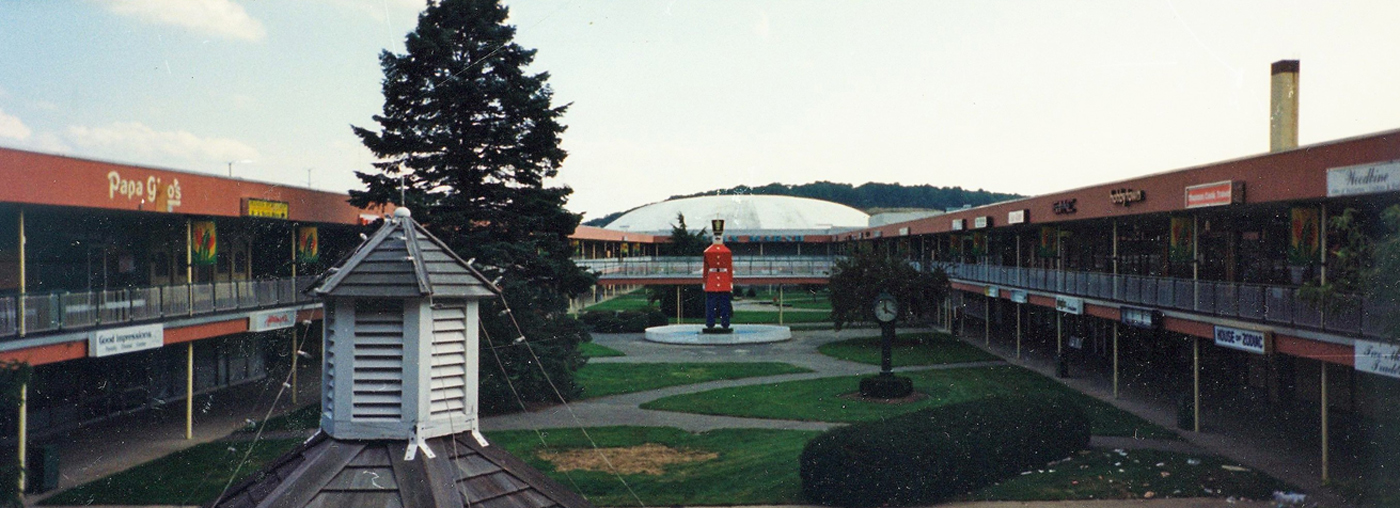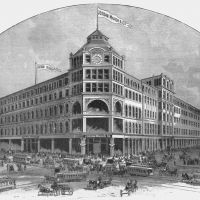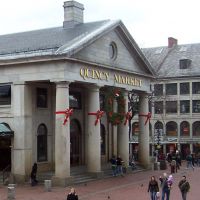Primary Source
SHOPPING CENTER TO OPEN
Described as the largest "sales room" in the world, "Shopper's World," on the Worcester Turnpike at Framingham, Mass., will be opened officially on Thursday at noon. It is nineteen miles from Boston and twenty-one miles from Worcester. The shopping center consists of seventy acres of land, fifty of which are reserved for the free parking of 6,000 cars, and a group of forty-four independent business enterprises. It is the result of more than eight years of planning by Suburban Centers Trust, Inc., Boston, and is designed to house more than fifty stores when completed. It is a U-shaped, two level structure. The base of the U is a dome, 227 feet in diameter and fifty-four feet high.
New York Times, October 2, 1951.






